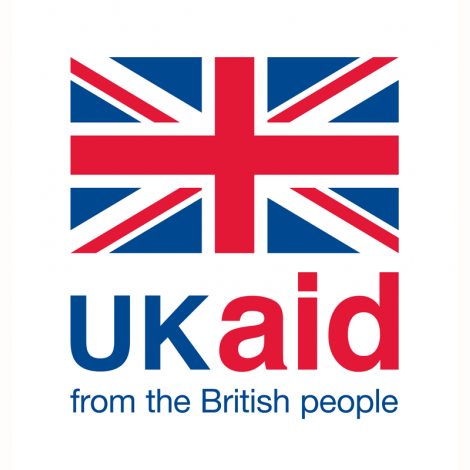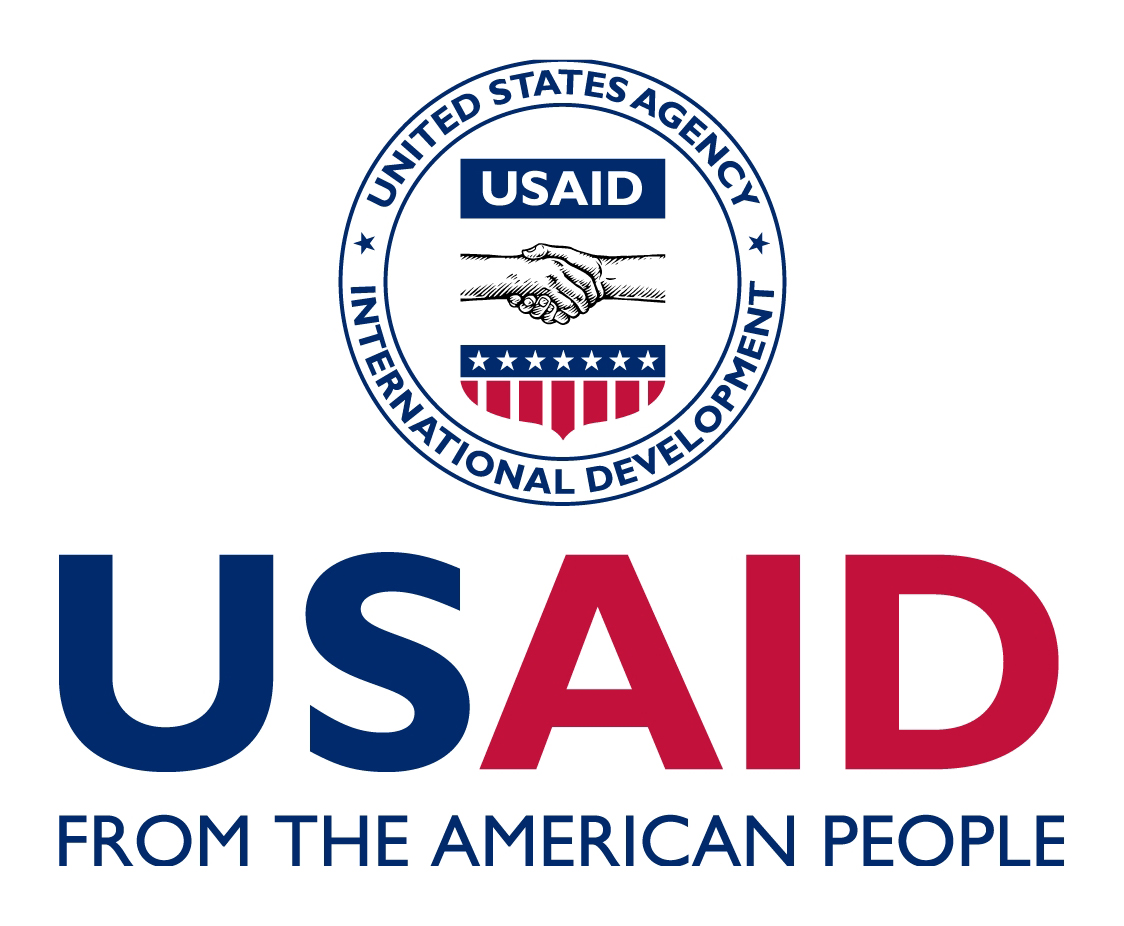Hospital software management
Management software tailored specifically for the low resource setting.Managing the Health Workforce in the DRC
During the ASSP project, IMA and its partners developed and rolled out customized hospital management software for each eligible referral hospital. The project evaluated the software’s utility in producing financial and statistical reports, how the reports are being used, and the technical ease of operations.
The hospital management software is tailored specifically for the low-resource setting of the DRC. A robust patient registration module, for example, adapts to patients who do not know their birth date, live in a village with no particular address, and may not be sufficiently literate to adhere to a consistent spelling of their name. It is open-source, and therefore adaptable and customizable among other DRC hospitals or even other countries. It is also able to seamlessly transfer hospital statistics to DHIS2, capitalizing on the considerable investment made by the Global Fund and DFID to computerized data collection and analysis. It is also web-based, geared specifically for the migration of computing on mobile devices.
The software is multi-lingual, offering modules in French, English and in the predominant local languages. It is modular and easily customizable – meaning hospitals can add or subtract the specific modules that they need based upon complexity (so they may want basic finance and accounting, but not more advanced supply chain components). It also fits the needs of a range of hospital sizes, from 40 to 400 beds.
Our Approach to Hospital Management
Local software development and maintenance
IMA began the development of BHIMA in 2013 using a team of three Congolese programmers and two expatriate programmers. Having a cadre of local programmers able to install, debug, modify and extend the software is essential to providing a sustainable solution in the DRC. IMA’s vision is to form a cadre of Congolese programmers to assure long-term support of sub-Saharan hospital IT needs, both for ASSP and other projects. Hospitals using the software pay an annual fee ($500-$1500) for support, depending on size and ability to pay. The fee covers software maintenance, including programmer’s time, internet connections, online support and hardware for the maintainers.
Deployment
Deploying BHIMA involved preparation on multiple levels, all with the assistance of ASSP. Essentials included:
- Adequate accounting and inventory management systems (*)
- IT infrastructure (cables, routers, server, computers)
- Essential electric power infrastructure (solar, hydro, diesel, generators)
- Staff with core computer literacy and typing skills
(*) The BHIMA team includes an accounting expert to assist hospital accounting staff in implementing a correct chart of accounts, general ledger and accounting procedures according to norms required for BHIMA to function correctly.
Scaling Plan
ASSP provided “installation packages” for ASSP hospitals, including a range of on-site and remote technical expertise for financial, IT, hardware and software installation to get the software up and running. Once the hospitals are functional, the BHIMA team provides ongoing support as funding allows. ASSP is working closely with the MOH to gain buy-in and full adoption of the software, paving the way for support infrastructure (trained personnel, software engineers) under Ministry direction.
Key Achievements
successful pilot
ASSP began piloting the software at L’Hôpital du Bon Berger (Good Shepard Hospital), primary healthcare facility for the town of Tshikaji in the Kasai Central Province during 2014.
roll out
In March 2015, after a year of working closely with the administration and staff at the pilot hospital, the software was rolled out as the primary management system for Hôpital du Bon Berger and its accompanying satellite clinic in the nearby town of Kananga. With a hospital serving thousands of patients a month, this includes tracking all patient finances as well as managing hospital inventory. Crucially making this information available to hospital administrators allowing them to make informed decisions going forward.
fine tune
With significant field-testing and user feedback over a year, the development team identified the necessary software improvements needed to scale the project to the target number of hospitals; with this version of the program scheduled for completion during May 2016.
scaling up
As the development phase of the project comes to completion the team will begin to focus on installation, working with hospital administrators to bring the system to the project health zones.
The project will begin expanding into more hospitals in 2016, specifically, gaining experience with different sizes of hospitals and clinics and hence, ensuring the information provided can drive a sustainable functioning of these institutions.
DHIS2
Learn more about how ASSP helped the MOH improve routine health data by implementing DHIS2 in its health zones and beyond.
QUICK CONTACTS
Recent Posts
Quarter 1 Results
Number of pregnant women who received three doses of IPT while attending antenatal care: 58,495Number and percentage of 1-yr-old children vaccinated against measles: 78,123Number of Couple Years of Protection (CYPs) achieved through family planning service provision:...
Saved by my Son: A Tushinde Ujeuri Success Story
"The support from the Tushinde program has restored my will to live." Tushinde Ujeuri Project brings hope to one survivor of sexual and gender-based violence in DRC It was mid afternoon, and my 10 year-old son and I were walking home from working in the fields. When...
Combatting Malnutrition in DRC: A Nutrition Success Story
Community relays in Ndesha, Kasai Central are successfully combatting malnutrition in the DRC thanks to ASSP's nutrition training. Combatting Malnutrition One Maman at a TimeMado Betu was a young child of two years and four months but was frail and unable to walk when...


